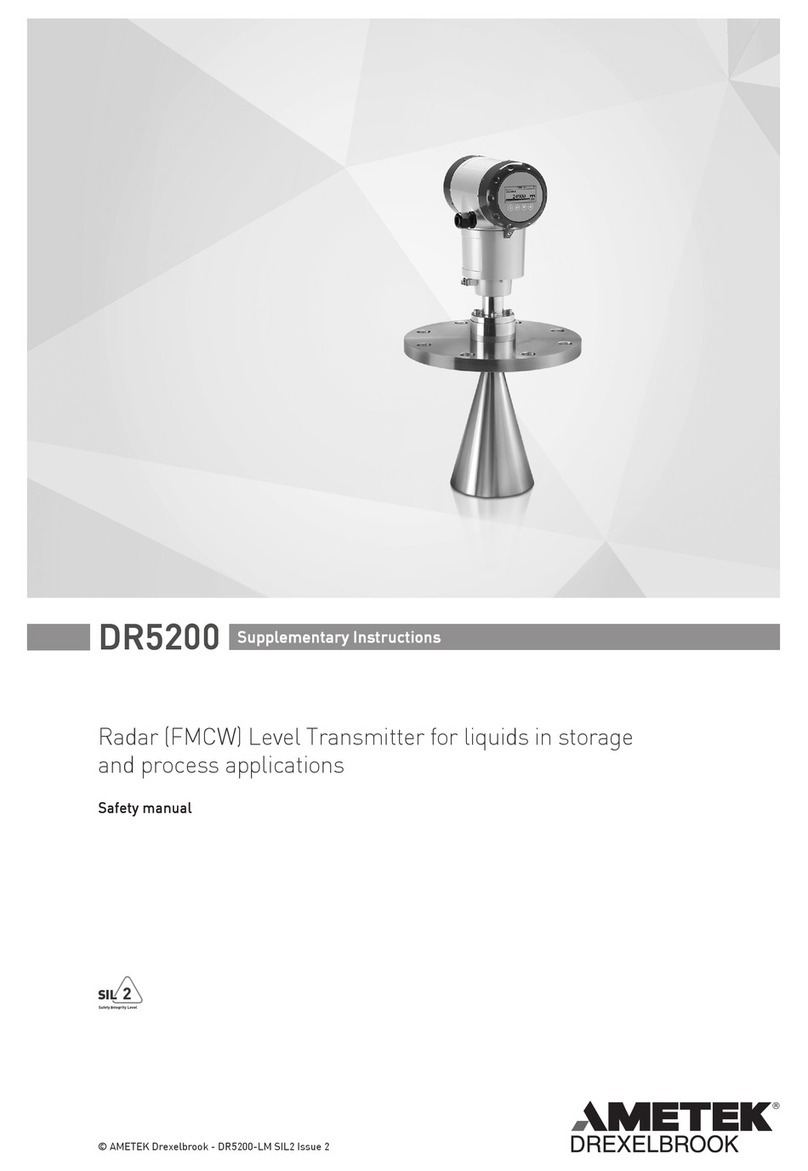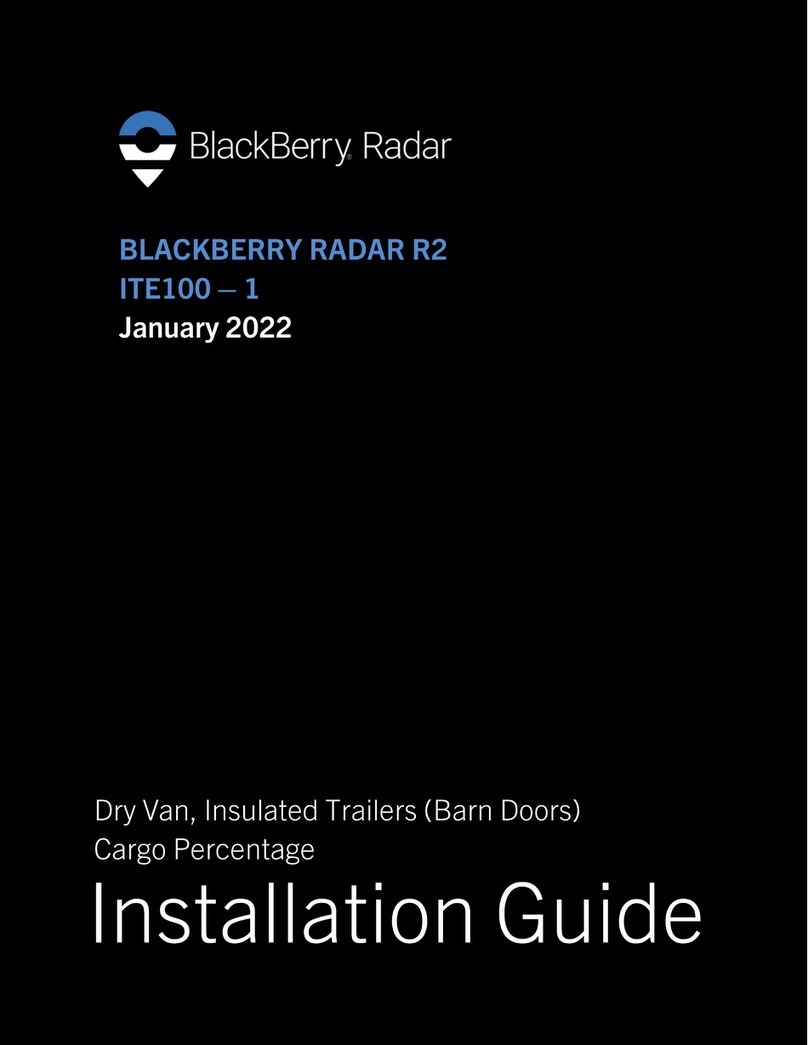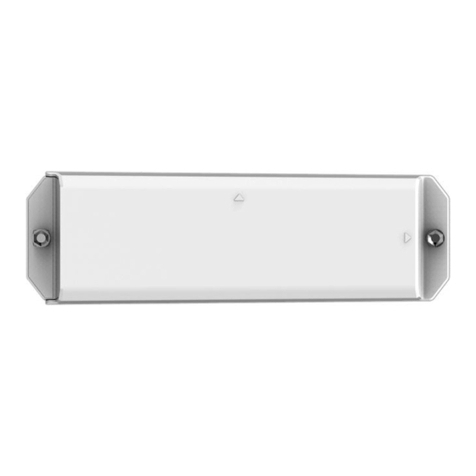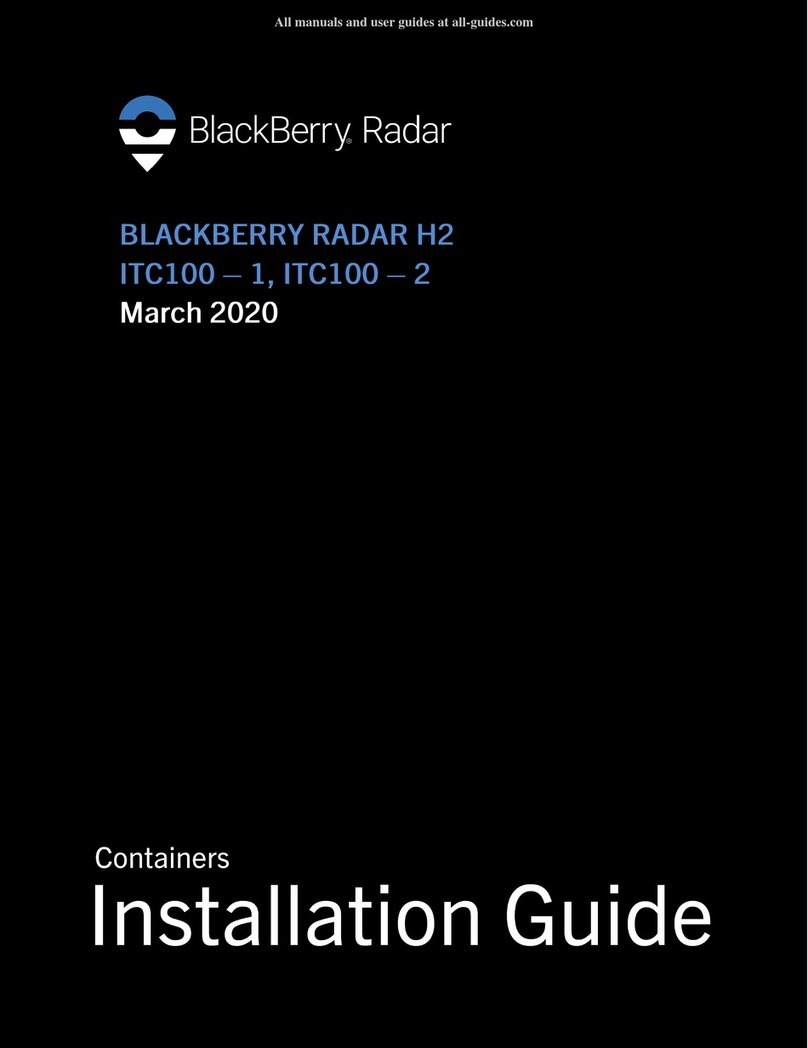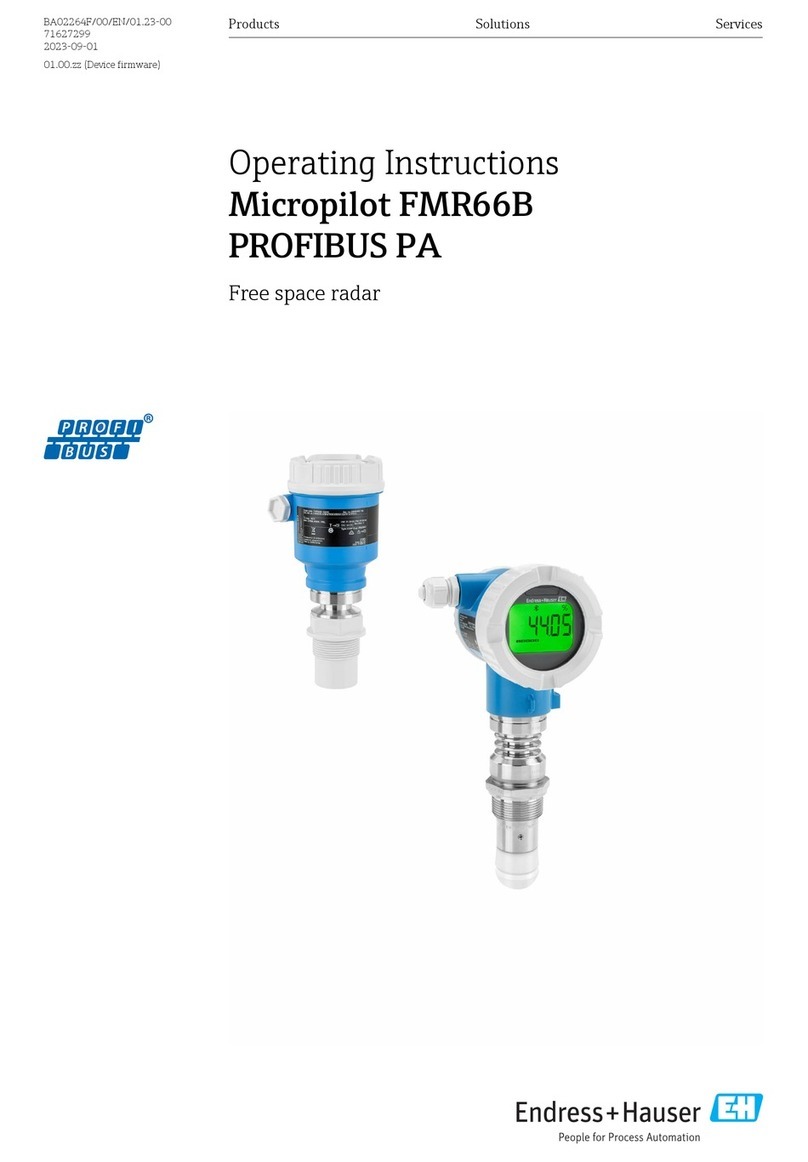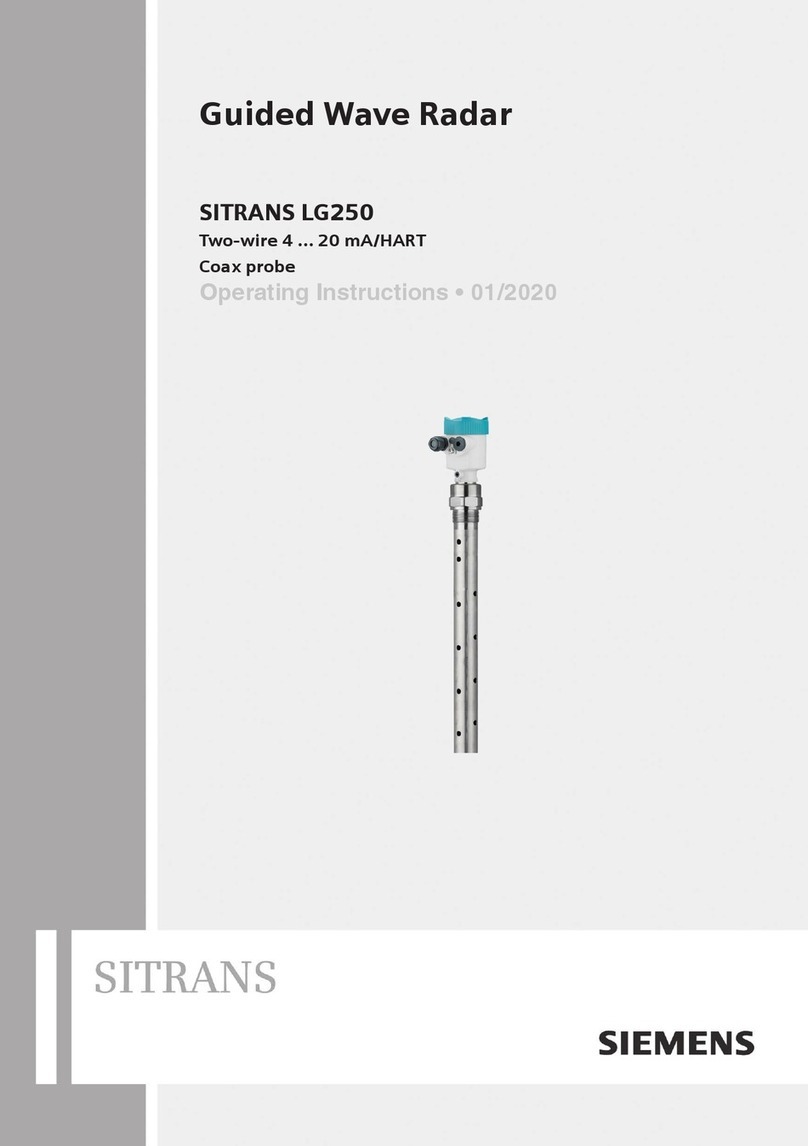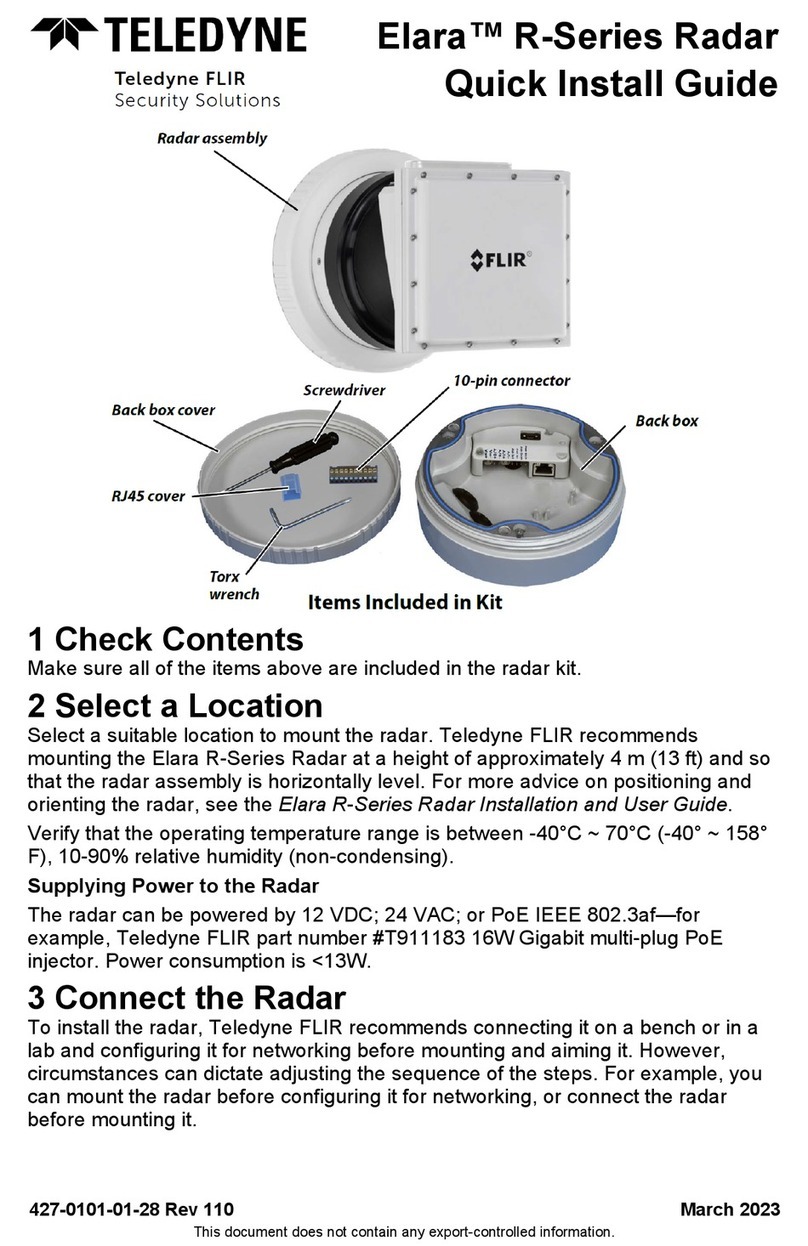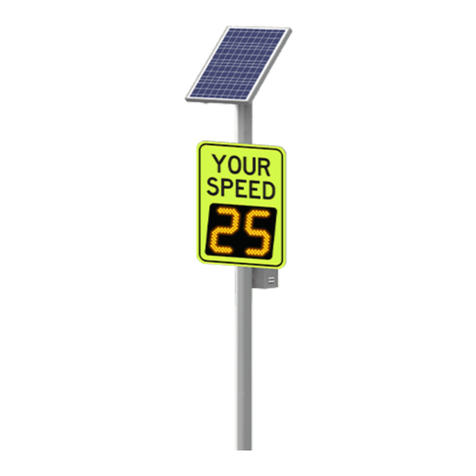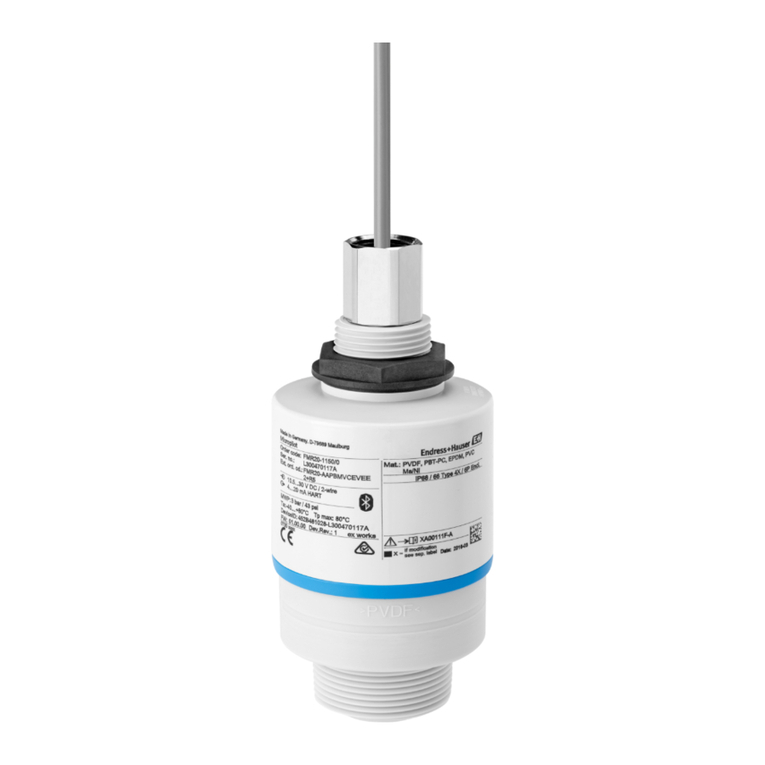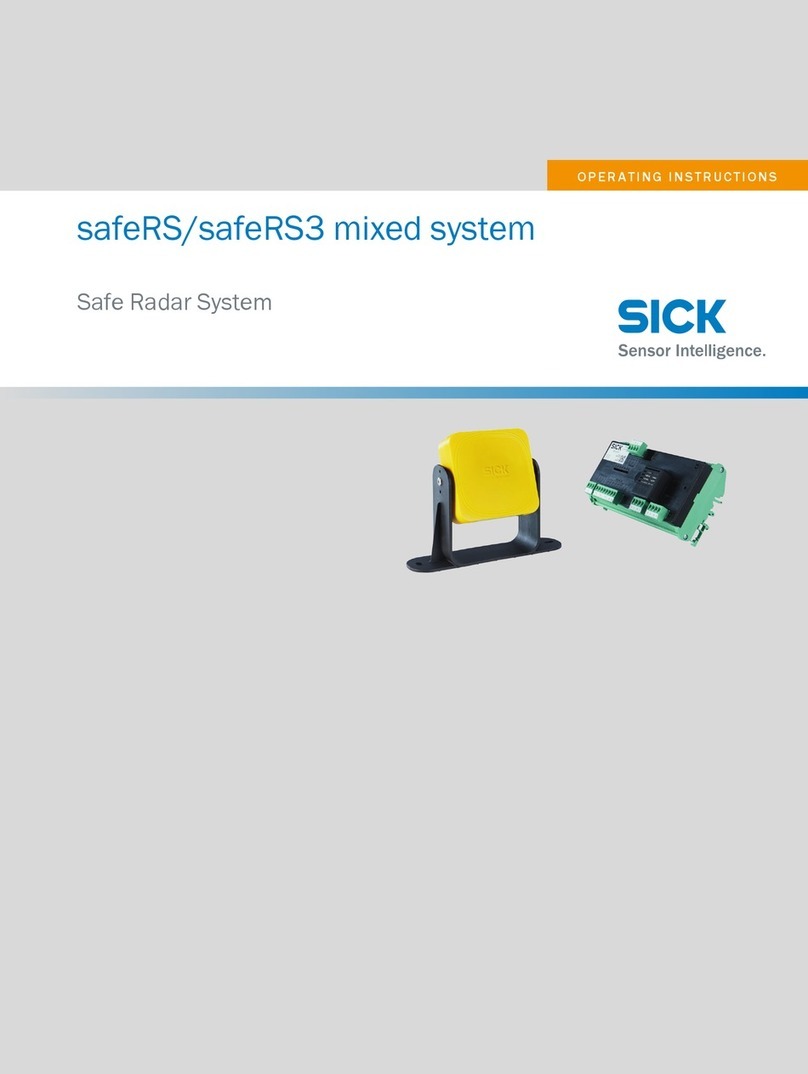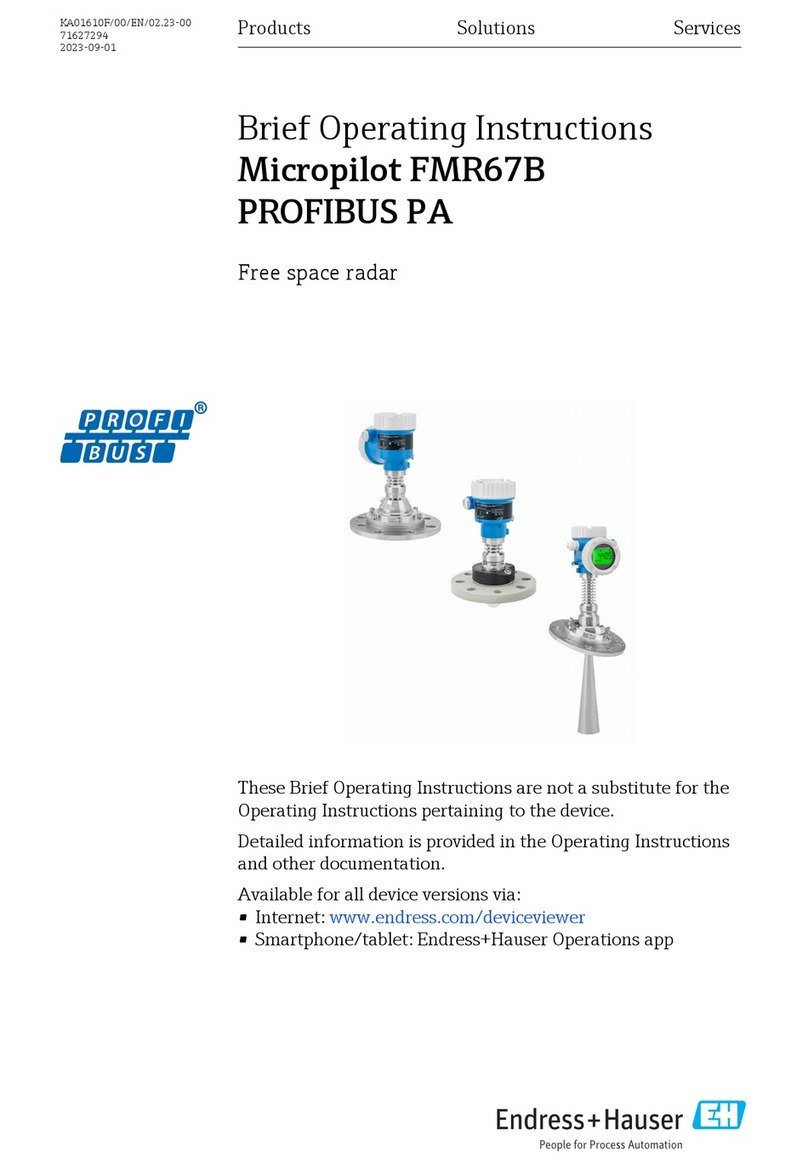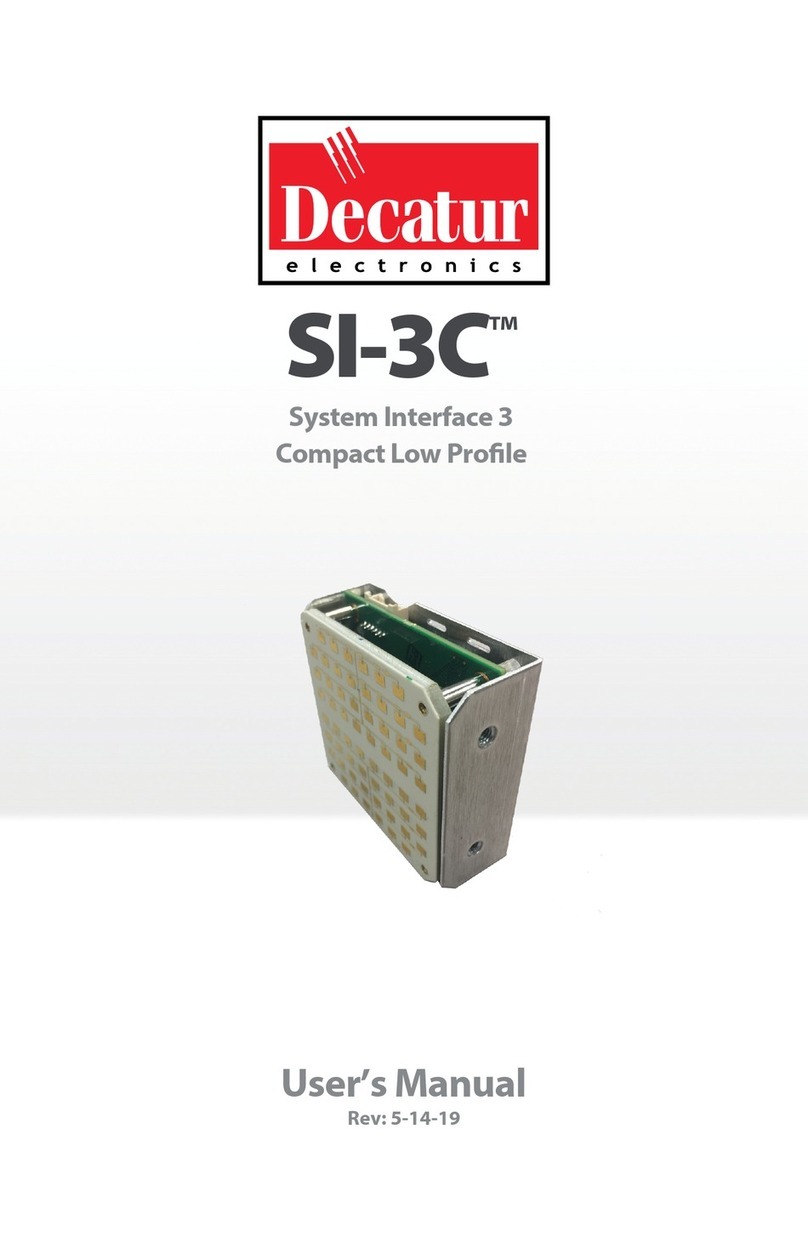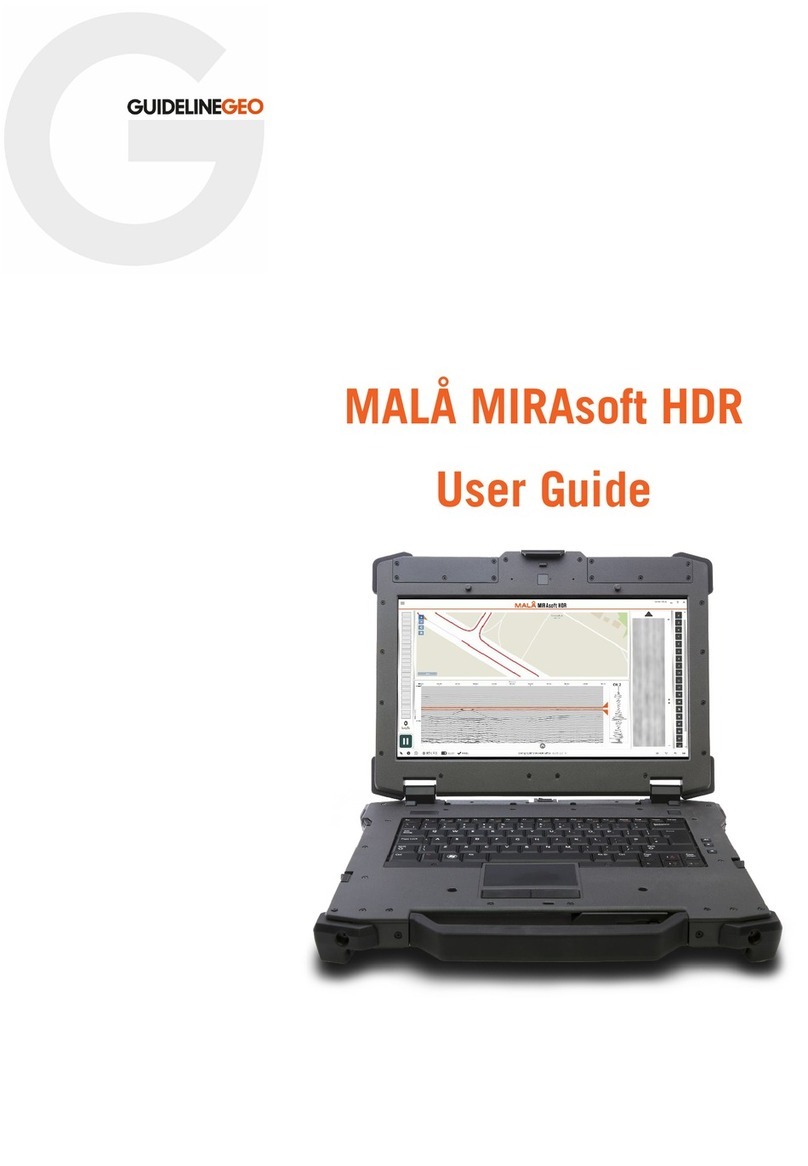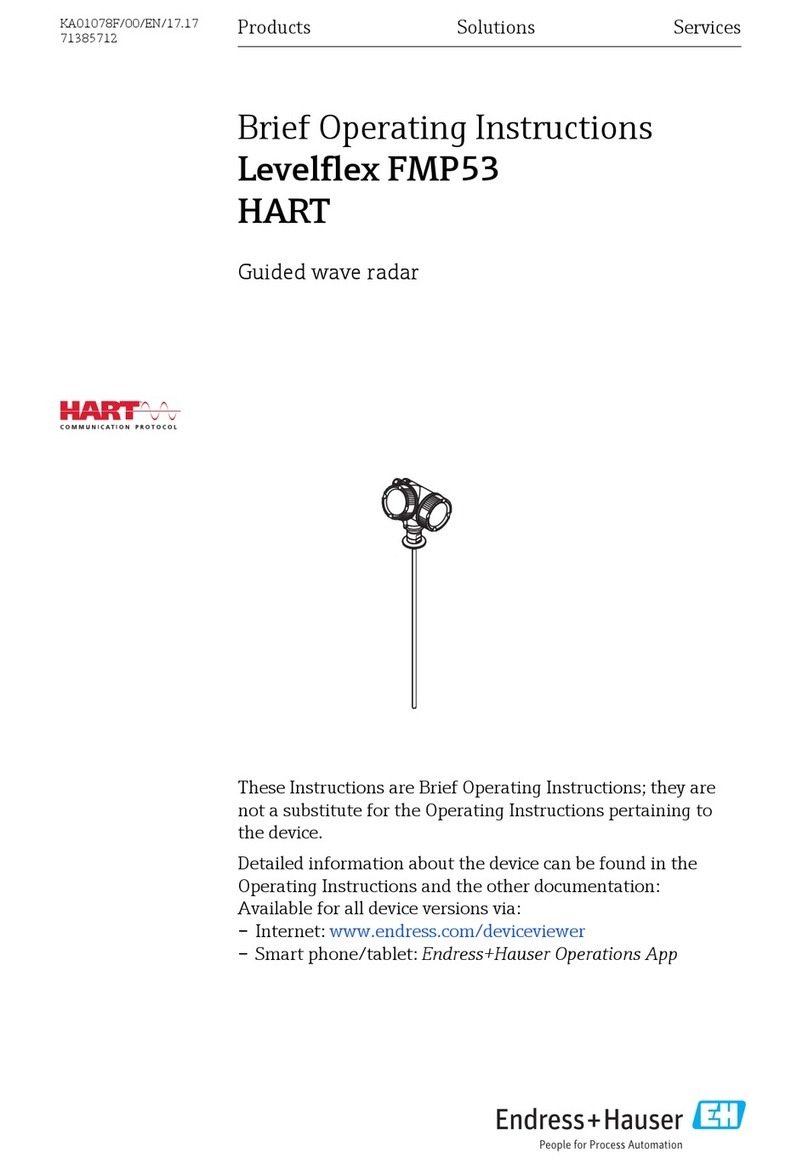
RSS-2-300W Non-Contact Surface Velocity Radar
Water surface directly below the sensor should be clean of vegetation, rocks, sand deposition
or other obstacles that could aect measurement.
Surface velocity radar beam will cover an elliptical area on the water surface. The radar
reports average surface velocity of the covered area and instrument uses complex Kalman
lters with physical modelling of the water ow to give stable measurements even under
turbulent conditions. However even the moderate waviness of the water surface will improve
the measurement, if the water ow is strongly turbulent, uctuations in measured data could
be expected as well as somewhat reduced measurement accuracy. If strongly turbulent ow
can be expected at monitoring site, then the lter length of the radar should be congured to
120 or more.
4.2. Measurement Quality Indicator
Geolux RSS-2-300W instrument is constantly calculating various parameters of the signal in
the signal processing algorithms and will continuously, along with measurement data, report
the measurement quality. Quality indicator value is in range from 0 (the best quality) to 3
(the worst quality) and can be used to interpret data in the analysis software with better
understanding and condence.
For example, when the radar is mounted on the railway bridge, one of common applications,
measurements will be very good quality most of the time except when train is passing the
bridge due to the extensive vibrations. In this case radar will still report measurements but
values could be quite wrong, but also the measurement quality indicator value will go up
to the higher value. It is up to every user to interpret the quality indicator value for their
application, but general recommendation is that measurements with quality indicator 3
cannot be trusted, value 2 could be questionable, and values 1 and 0 are very good and
accurate.
4.3. Rain and Wind
Geolux RSS-2-300W instrument has integrated internal software lters to lter out eects
of rain, fog or wind both for surface velocity. These lters however have some limitations.
Majority of measurement inaccuracies caused by environmental factors can be solved by
proper sensor installation.
For rain and snow suppression, the most eective solution is to mount the radar so that it
points upstream and the water ows towards the radar. As rain falls down and the radar is
tilted downwards, rain droplets will move away from the radar, while the water ows towards
the radar. The radar can then easily distinguish the water movement from rain movement. To
further improve rain ltering, the radar should be congured to report only incoming direction
of water ow. In this case, the radar will completely ignore all movement with direction going
away from the sensor.
Inuence of the wind on the accuracy of measured data is, in most cases small and can be
neglected. The only exception is strong wind as it will create surface waves that are traveling
in dierent direction from the water ow. This can aect surface measurement accuracy.




















